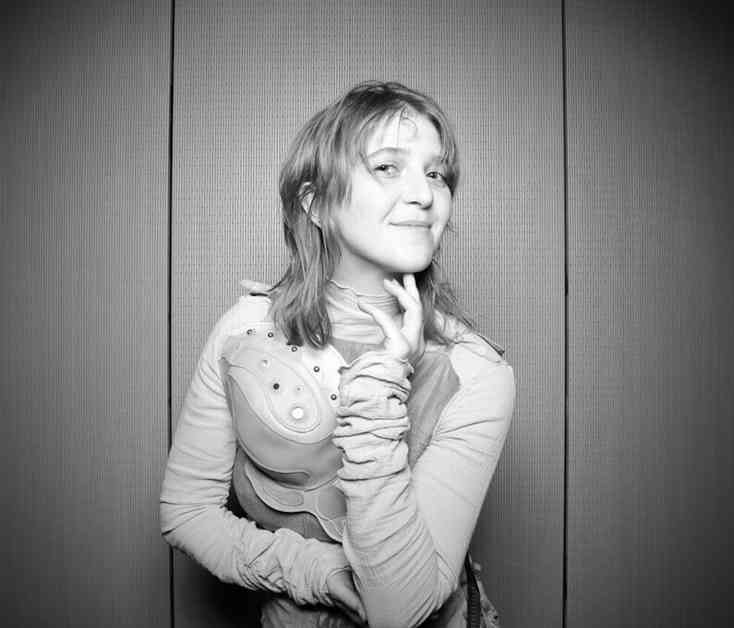A few years ago, I had the opportunity to attend the annual Fashion’s Night Out event at the 21c Museum Hotel in Chicago. While I was there to help a friend set up a display for their new line, I found myself drawn to a unique piece across the hall – a leather crossbody bag in the shape of a dead opossum. This intriguing creation was the work of designer Av Grannan for her brand Sublime Remains, where she transforms elements of nature into stunning accessories.
Recently, I had the chance to visit Grannan’s studio in Bowmanville and gain a deeper insight into her creative process. Grannan shared that her inspiration often comes from the natural world, particularly from roadkill. Despite the unconventional nature of her designs, there is a certain beauty and creativity that shines through in each piece.
Grannan’s fascination with roadkill began during the COVID-19 pandemic when she returned to her hometown and started exploring the concept with her father. This led her to incorporate elements of roadkill into her fashion designs, giving new life to these discarded creatures. Through her work, Grannan aims to challenge perceptions and spark conversations about our relationship with the natural world.
In addition to using roadkill as inspiration, Grannan also upcycles materials from discarded furniture and scraps from local tanneries to create her signature designs. Each piece tells a story, with materials sourced from unexpected places coming together to form unique and intricate accessories. Grannan’s commitment to sustainability and creativity is evident in every aspect of her work.
Beyond the physical designs, Grannan also weaves narratives into her creations, imagining a futuristic universe where her creatures coexist with humans. This interplay between imagination and reality adds another layer of depth to Sublime Remains, inviting wearers to become part of a larger world of creativity and storytelling.
As I left Grannan’s studio, I couldn’t help but marvel at the creativity and ingenuity behind each piece. Sublime Remains is not just a fashion brand; it is a testament to the power of art to challenge norms, evoke emotions, and create connections. Through her work, Grannan invites us to reconsider our relationship with the world around us and see beauty in unexpected places.


